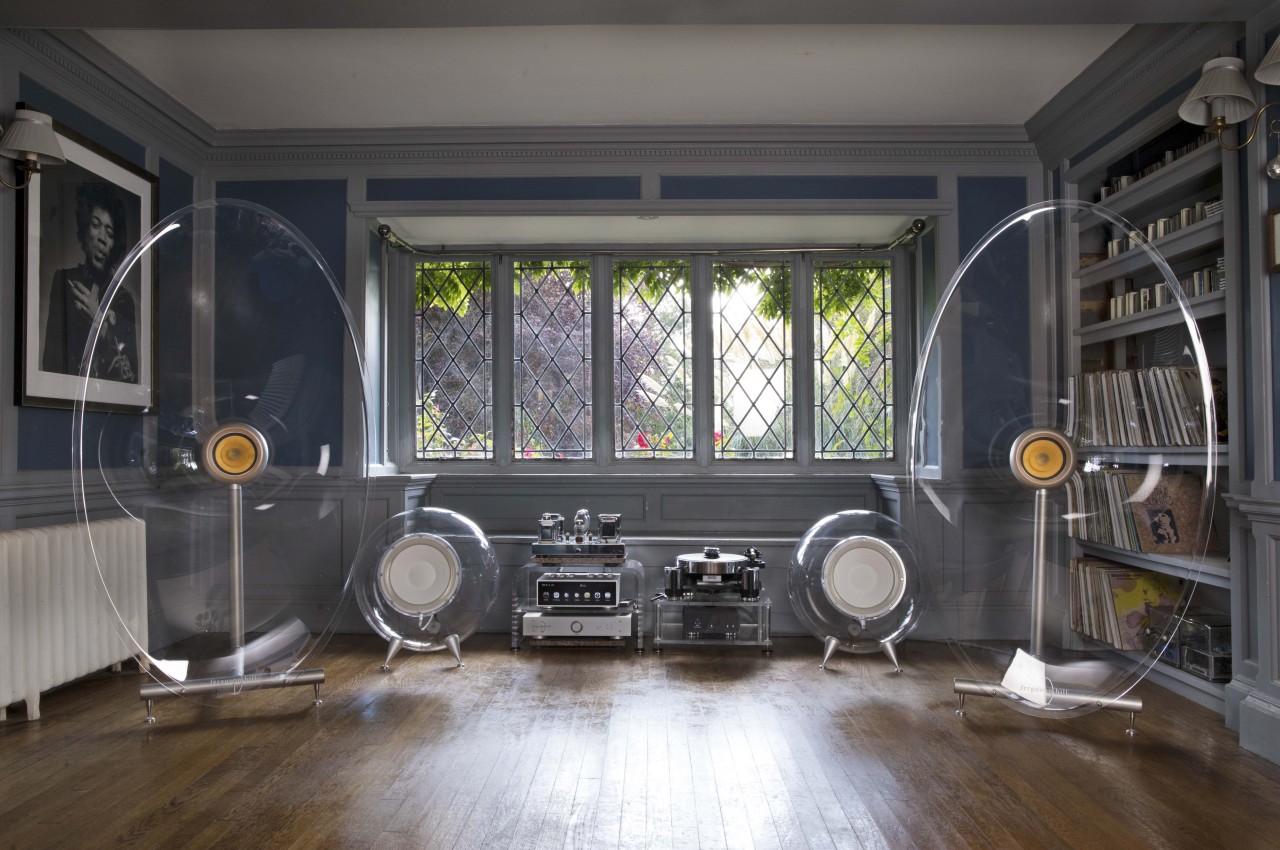
We’re long past the days when speakers, especially those at home, would simply be literal black boxes that belted out sound in whatever direction they were pointed at. While those still exist, many of the audio equipment marketed for home use have taken on more interesting designs that marry aesthetics and function without sacrificing either. Bang & Olufsen might be one of the most popular brands in this growing market of art-inspired speakers, but it is hardly the only one with curious and eye-catching designs. This loudspeaker set, for example, is just as much a work of art as it is a piece of high-end audio equipment, promising to elevate the listening experience to a whole new level that involves not just the ears but also the eyes.
Designer: Timothy Hill
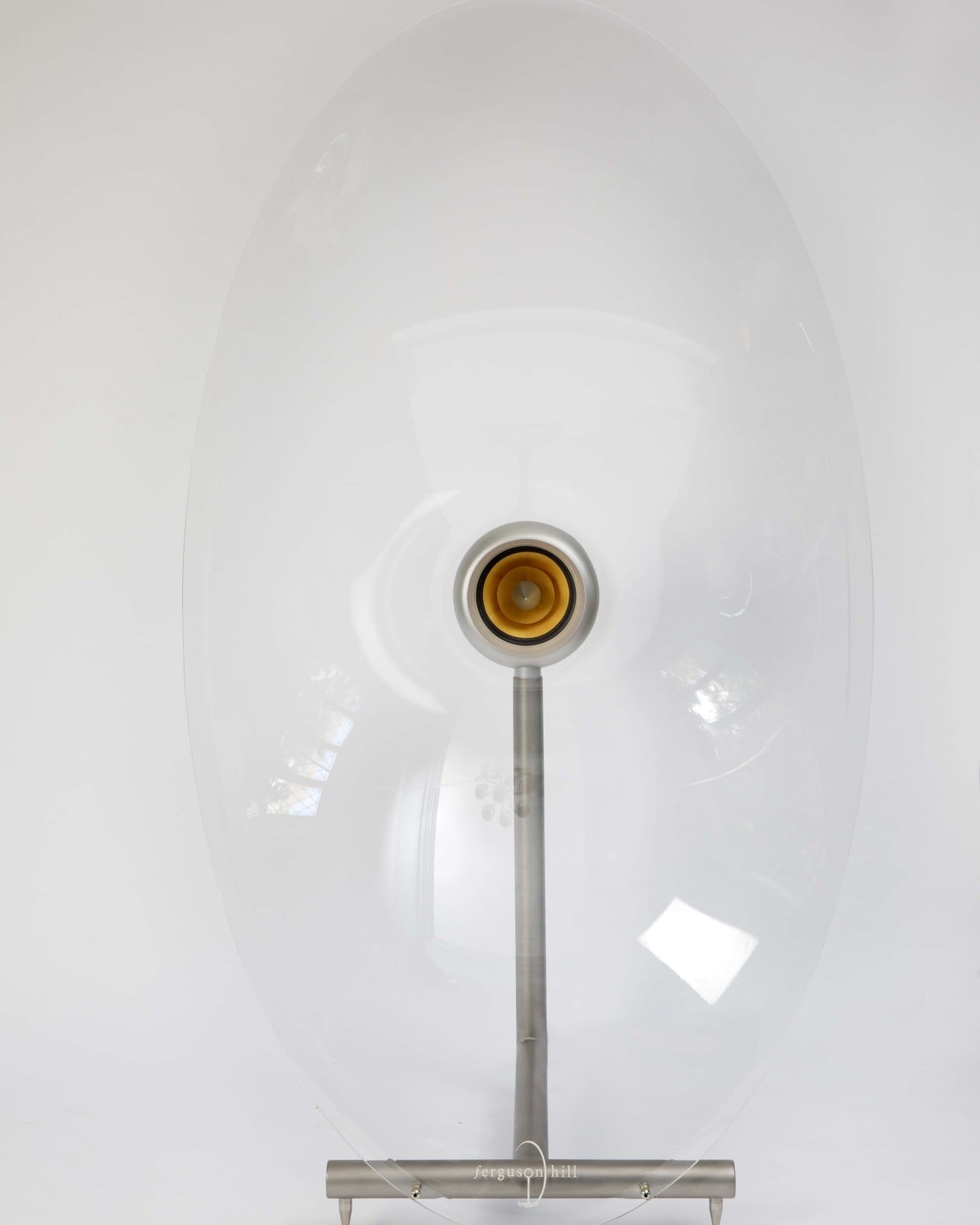
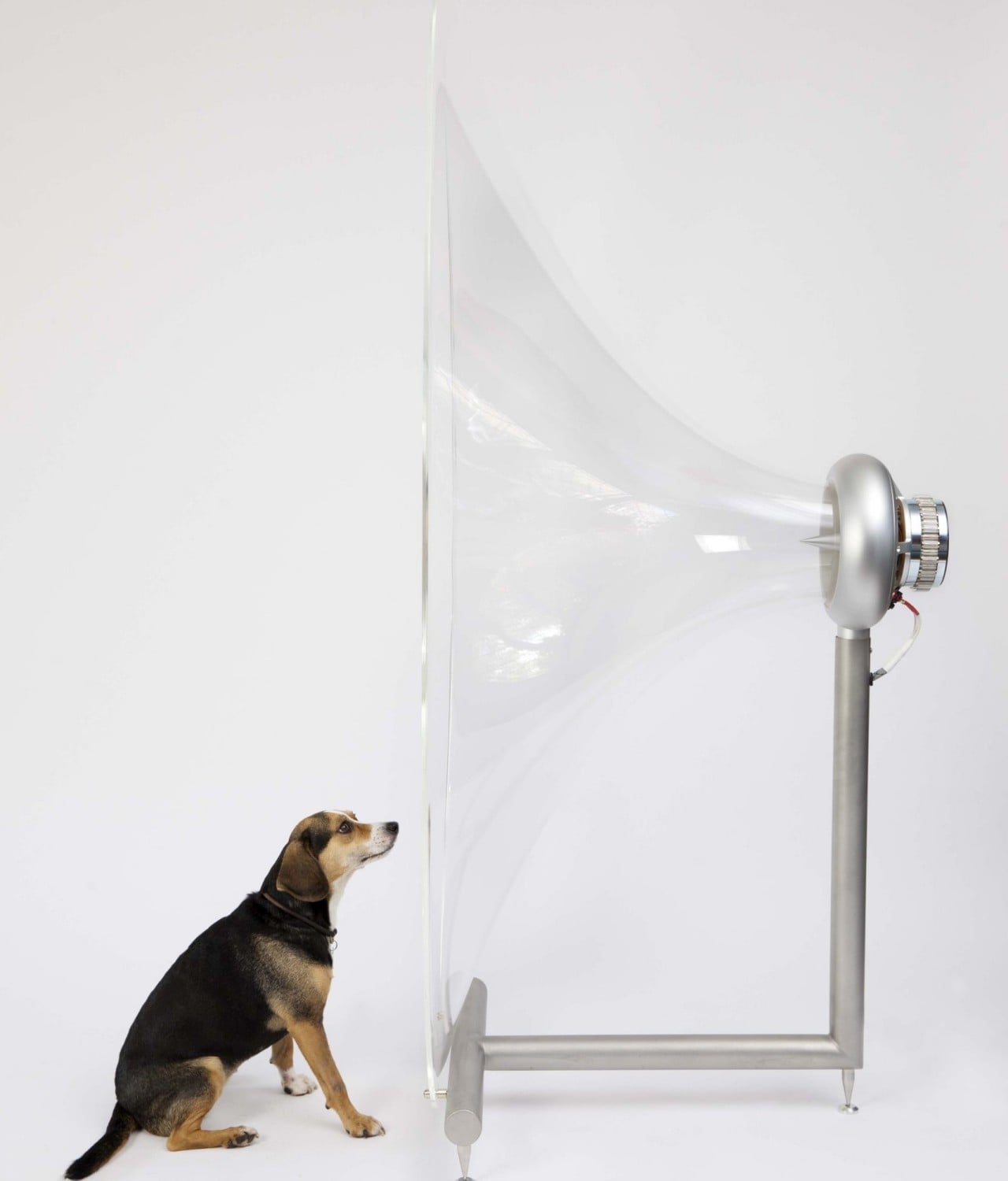
In an iconic form, the speaker has always been represented by one of its oldest designs, a conical structure that curves from one end to another, creating what is commonly known as a horn shape. The Jetstream loudspeaker takes that shape and transforms it into an art piece by using transparent acrylic for the horn and blowing it up to human-sized proportions. The result is a distinctive, one-of-a-kind speaker that makes the drive unit look like it’s floating in mid-air. Viewed from the side, the speaker also looks like the sonic boom traces left by a high-speed jet, which given the background of the designer, seems almost fitting.
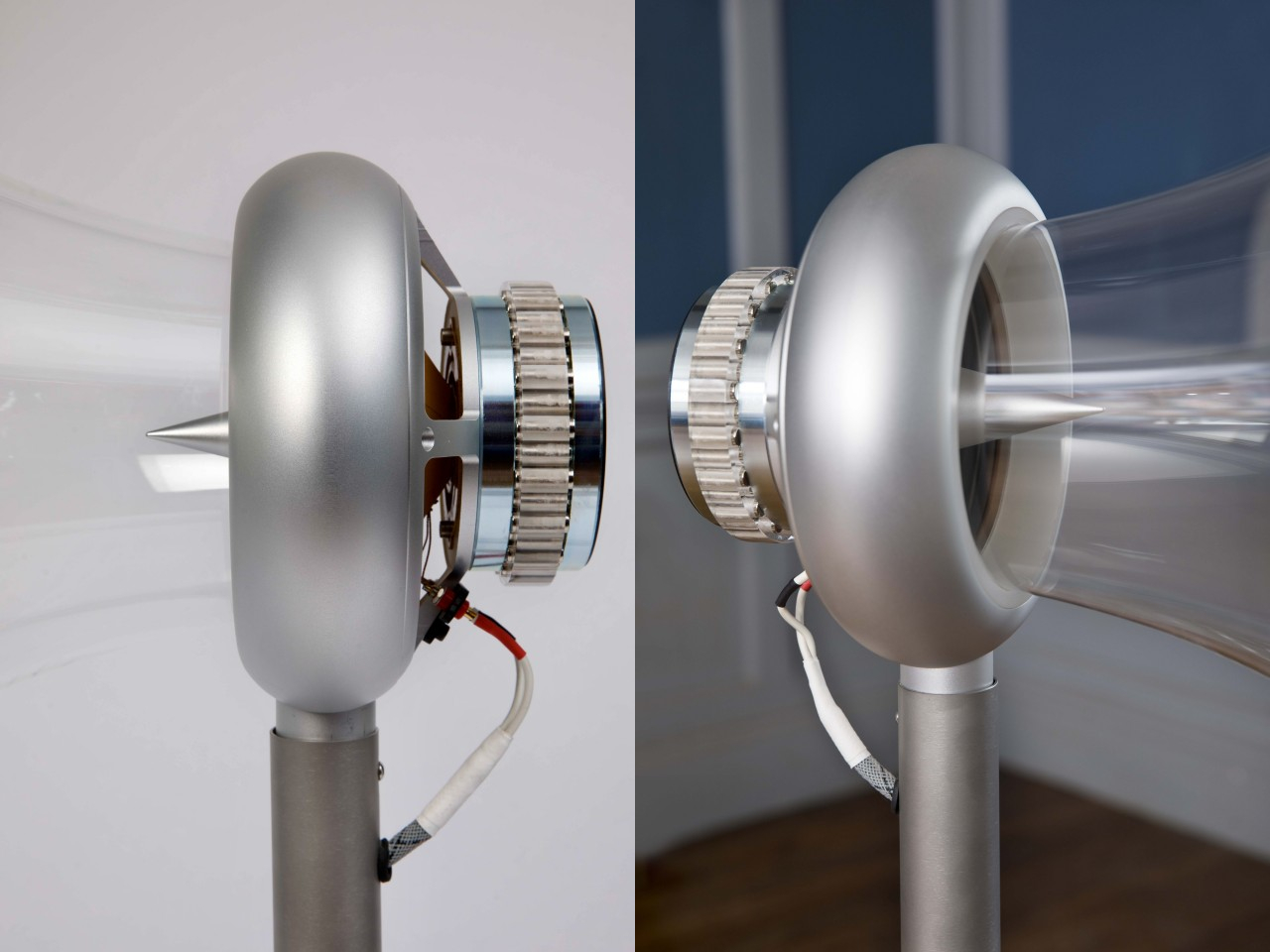
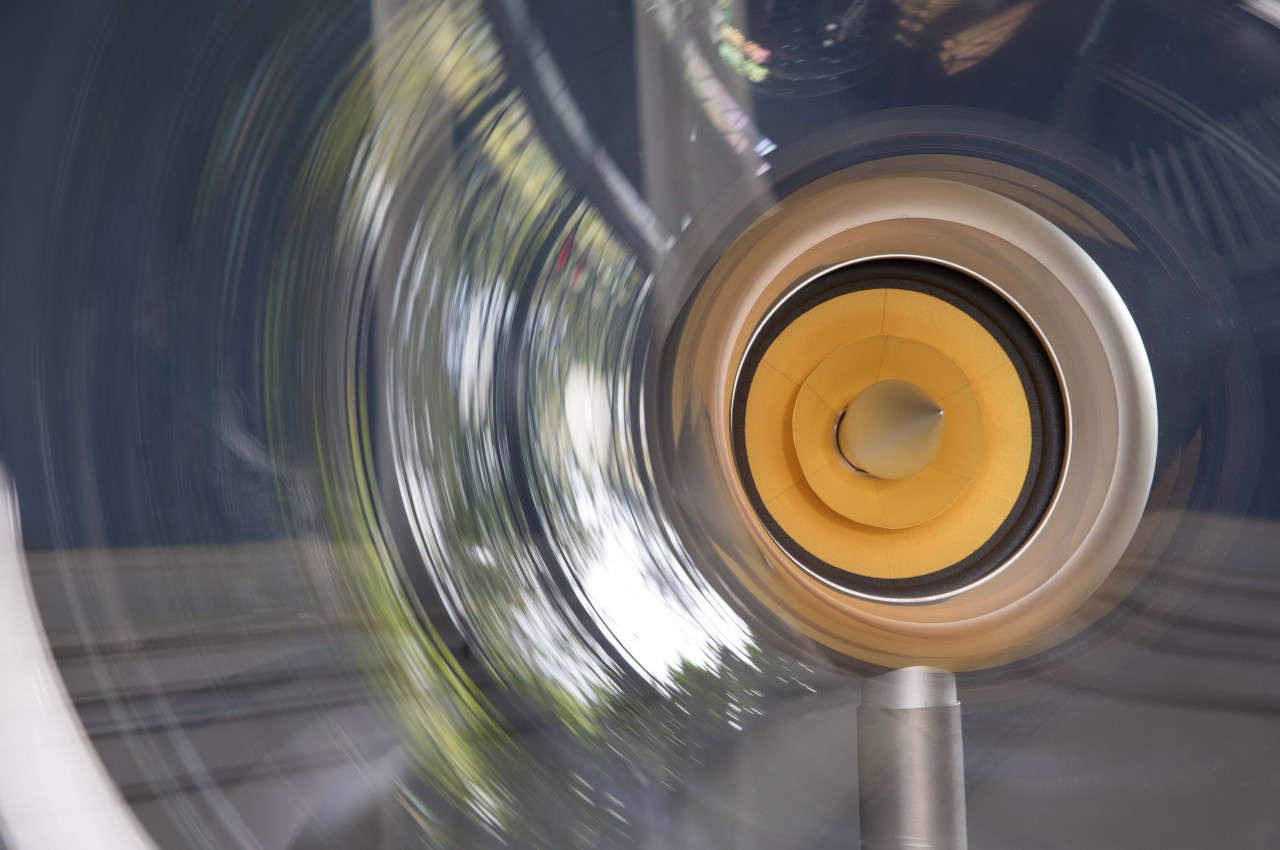
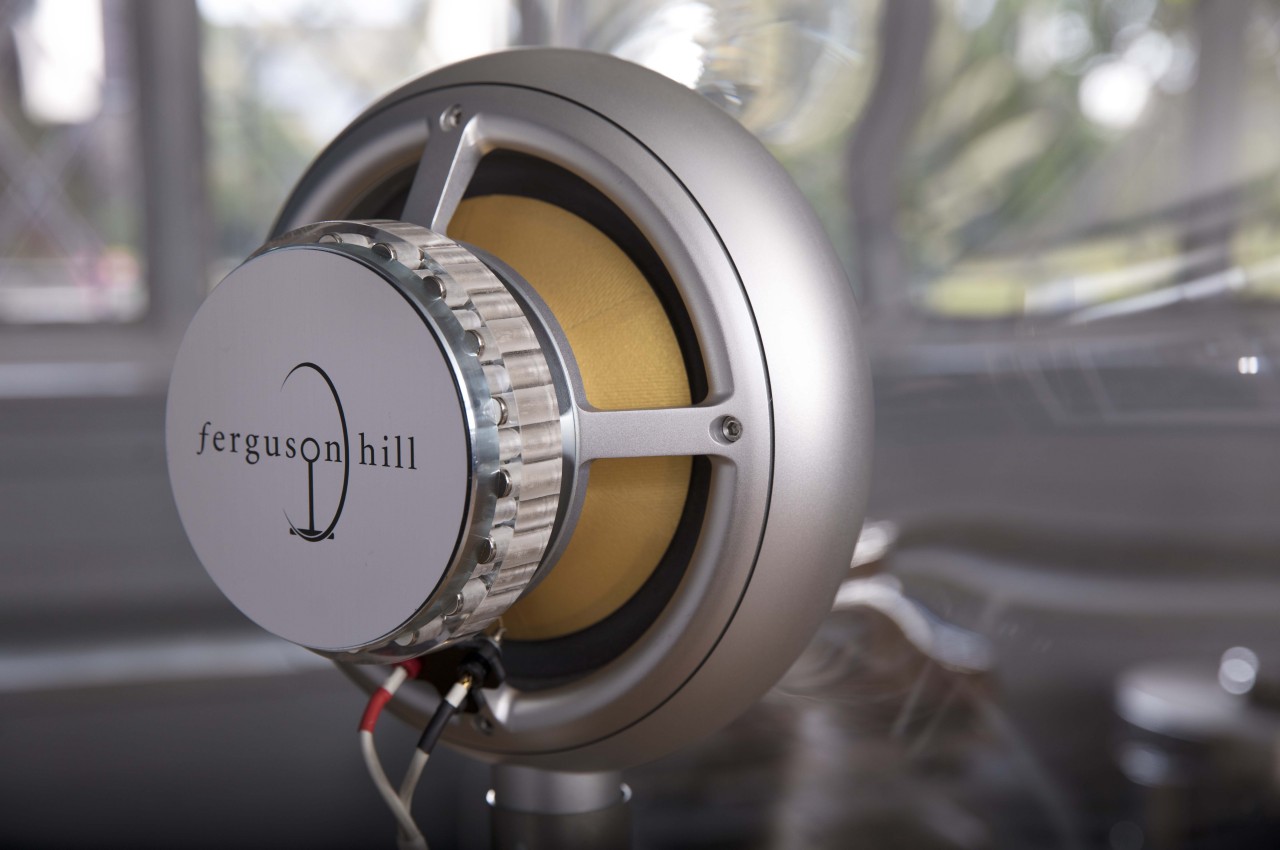
The horn shape chosen for the Jetstream might look ornamental, but it is actually based on a solid foundation of physics. Just like with horn speakers of old, the shape helps to propagate sound waves more freely and evenly, and given its size, it also multiplies that effect to reach all corners of a room. The loudspeaker system promises clear and dynamic sound, regardless of what you’re listening to, whether it’s classical masterpieces or modern movie sound effects.
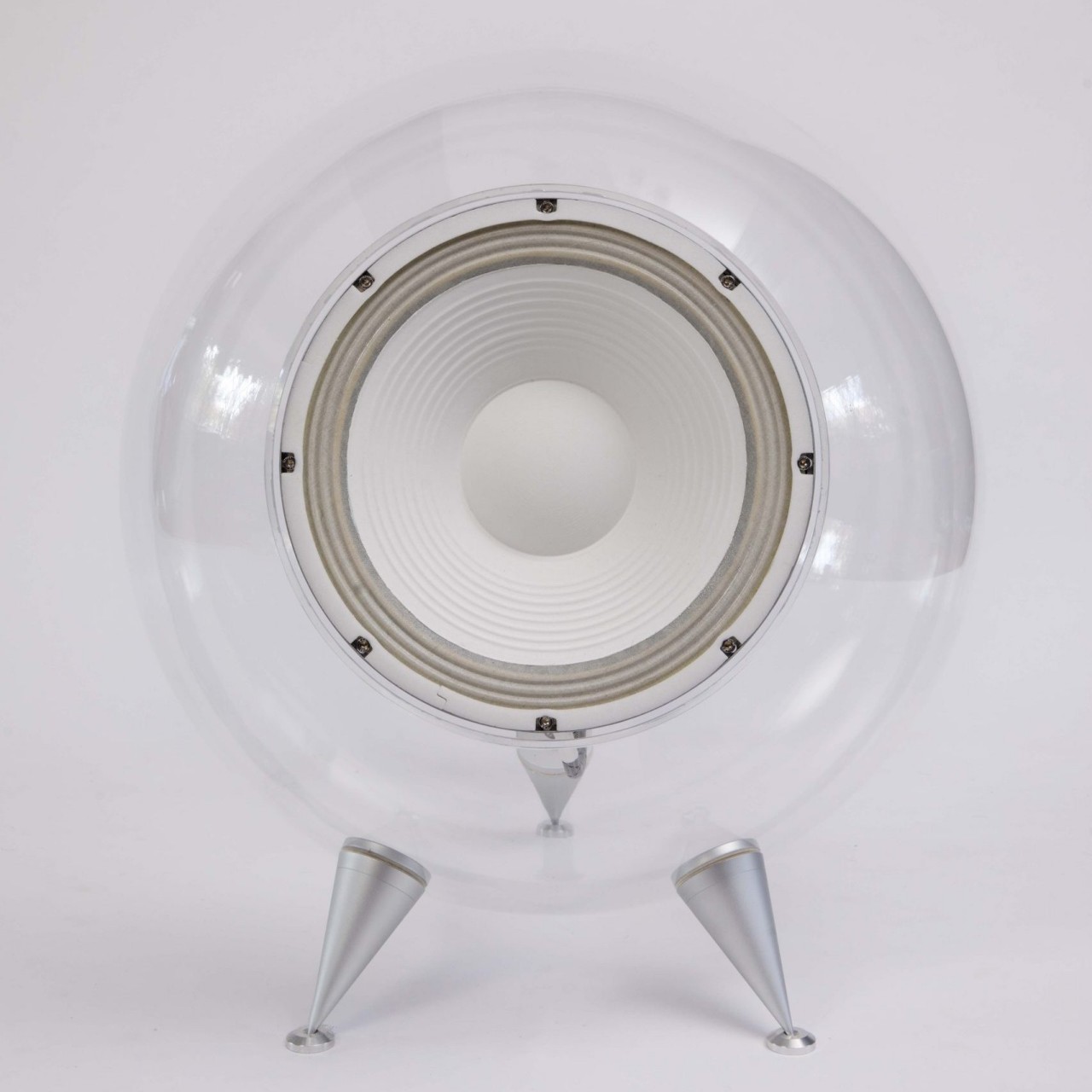
Although the horn loudspeaker is definitely the center of attraction, it isn’t the only member of the Ferguson Hill Jetstream loudspeaker system. There’s also the bass speaker which takes the form of a transparent sphere with a large drive unit, held up by three metal cone feet. This gives the speaker a certain retro-futuristic aesthetic that perfectly complements the gigantic horn loudspeaker.

Although it functions primarily as a sound system, the Jetstream is also a statement piece that transforms any space into a unique audiovisual experience. It’s the kind of fusion of art and technology that truly redefines what it means to be a home speaker these days, offering value that goes beyond blasting sound but also touches the emotions and mind by appealing to more than one of our five senses. That said, it’s also a design that, at least in this case, carries a rather hefty price tag, though that could soon change as more audio equipment manufacturers embrace a more design-conscious approach to making speakers.
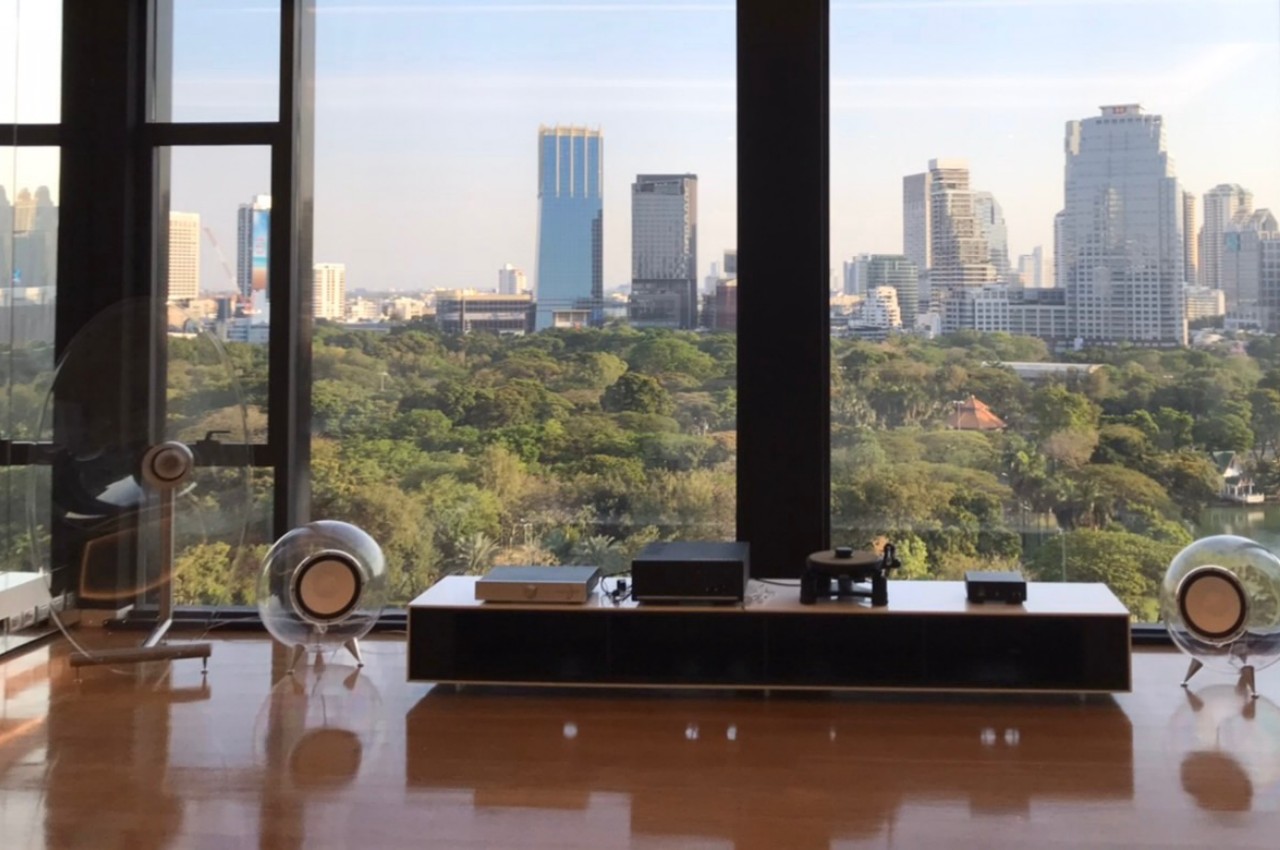
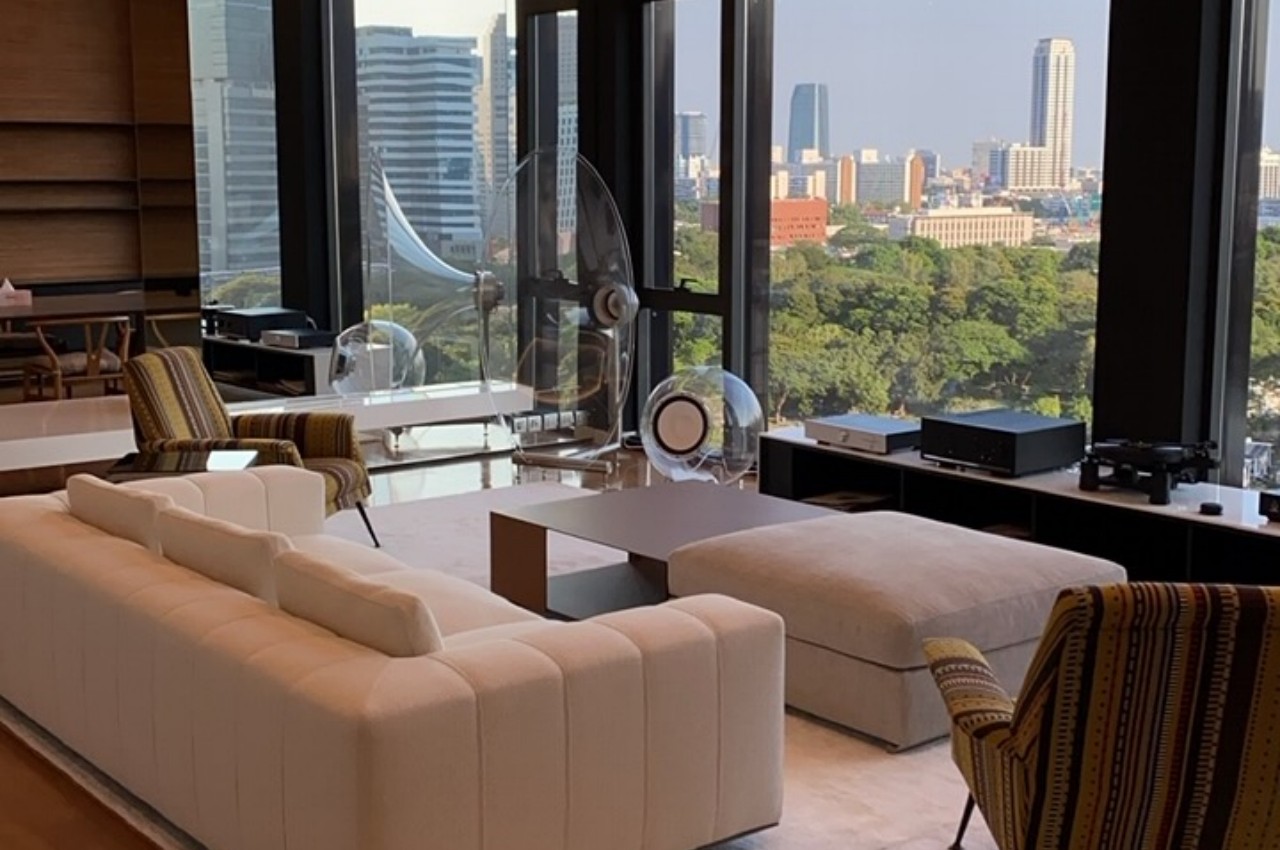
The post Huge transparent horn speakers deliver an odd yet beautiful way to enjoy music first appeared on Yanko Design.